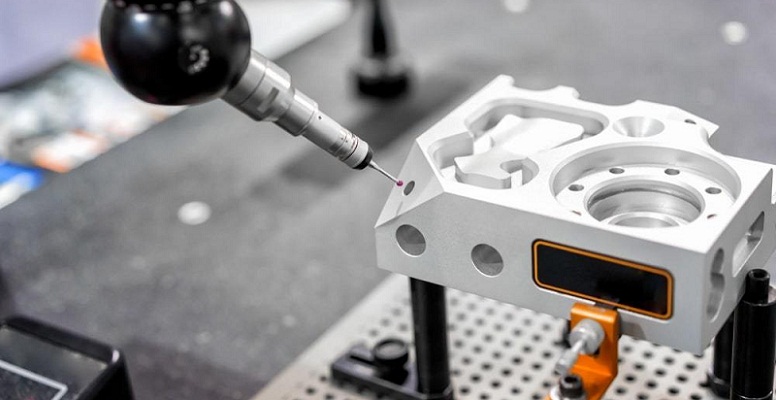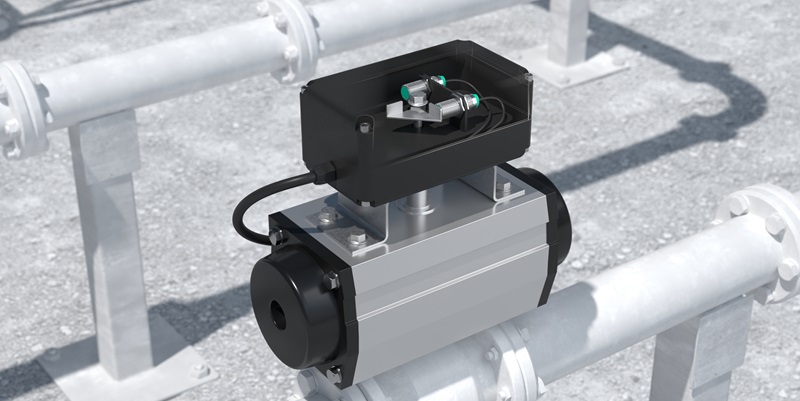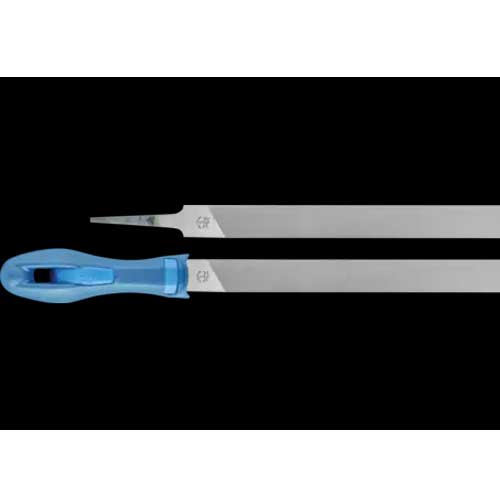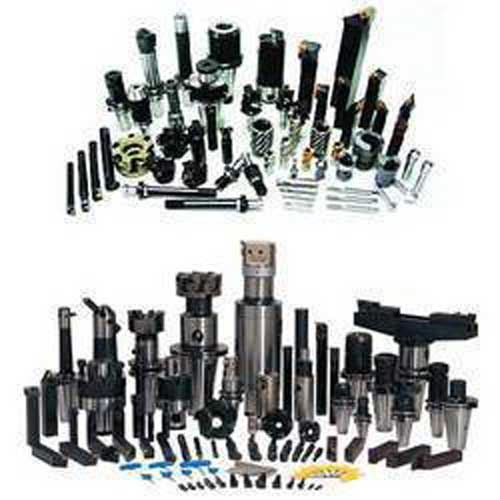Schedule a Call Back
How can advanced 5-axis measurement redefine industrial inspection?
 Articles
Articles- Nov 09,23

Related Stories

Five ways to reduce your manufacturing facility's carbon footprint
In this article, Emily Newton delves into carbon-neutral techniques that can minimise environmental impact while still obtaining the benefits of more conventional operations.
Read more
Pepperl+Fuchs launches measuring inductive distance sensors with IO-Link
The sensors can detect objects at a speed of up to 3 m/sec and deliver precise measurement data with a repeat accuracy of 5%.
Read more
Assessing the trade-offs of making the switch to electrical actuators
The focus on the trade-offs of electrical actuators is only a topic of discussion because the transition from hydraulic systems is picking up pace. In following the trend, professionals may forget t..
Read moreRelated Products

Mill Saw Files Hand
PFERD offers a wide range of mill saw files hand.

Ss Hex Head Bolts
Trychem Metal And Alloys is offering SS hex head bolt.

Cutting Tools
Get Cutting Tools provides a wide range of CNC cutting tools












